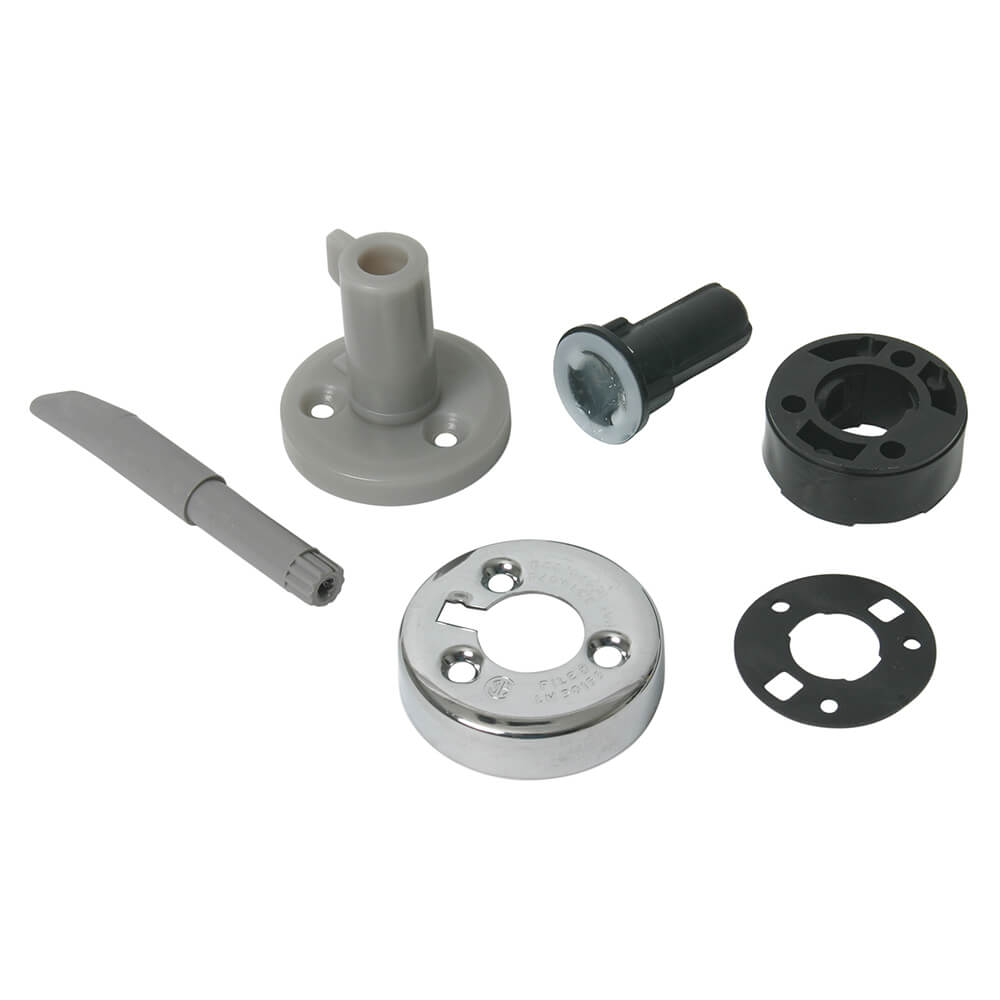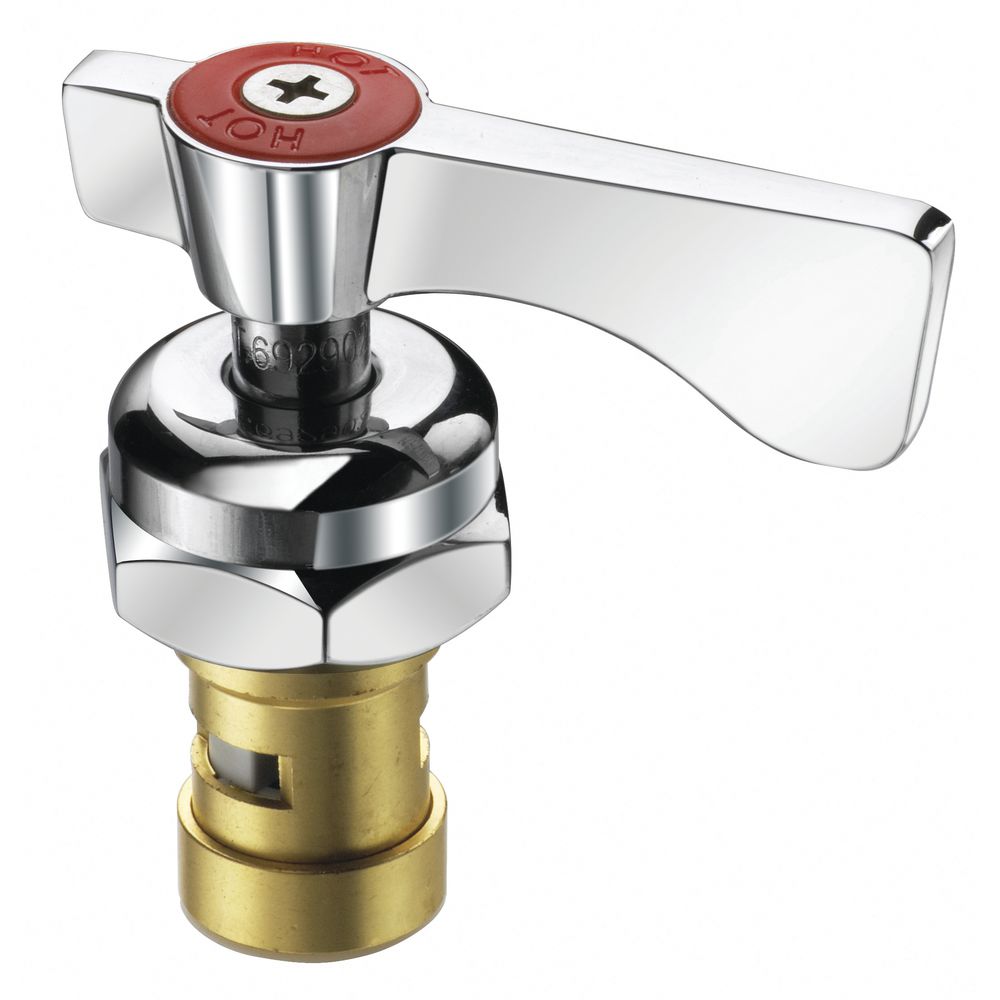Faucets repair are an essential part of any household, providing access to clean water for various tasks such as cooking, cleaning, and personal hygiene. However, over time, faucets can develop leaks, drips, or other issues that require repair. Learning the proper way to repair faucets can help homeowners save money on professional repairs and ensure the efficient and effective functioning of their fixtures. In this guide, we will outline the correct method for repairing faucets, including common issues and troubleshooting steps.

Common Faucet Issues
Before beginning the repair process, it is essential to identify the specific issue affecting the faucet. Common problems that may require repair include:
- Dripping or leaking faucets
- Low water pressure
- Faucet handle issues, such as sticking or difficulty turning
- Noisy faucets
- Clogged or partially obstructed water flow
By understanding the specific issue at hand, homeowners can select the appropriate repair method and tools for the job.
Tools and Materials
To properly repair a faucet, homeowners will need a few essential tools and materials. These may include:
- Adjustable wrench
- Screwdrivers
- Replacement washers, O-rings, or cartridges
- Plumber’s tape
- A flashlight
Having these tools and materials on hand will help facilitate the repair process and ensure that homeowners are prepared for any unforeseen complications.
Repairing a Dripping or Leaking Faucet
One of the most common issues with faucets is dripping or leaking. This problem can waste water and increase utility bills if not addressed promptly. To repair a dripping or leaking faucet, follow these steps:
- Turn off the water supply to the faucet by locating the shut-off valve under the sink.
- Remove the faucet handle using a screwdriver or an Allen wrench, depending on the type of handle. Once the handle is removed, unscrew the packing nut and remove the stem.
- Inspect the O-ring and washer for wear and tear. If these components are damaged, replace them with new ones. Apply plumber’s tape to the stem threads to ensure a secure seal.
- Reassemble the faucet, ensuring that all components are properly tightened and aligned.
- Turn the water supply back on and test the faucet for leaks. If the issue persists, consider replacing the faucet cartridge or seeking professional assistance.

Addressing Low Water Pressure
Low water pressure can be a frustrating issue that affects the usability of a faucet. To address low water pressure, homeowners can take the following steps:
- Remove the aerator from the faucet spout and clean any debris or mineral buildup that may be obstructing water flow.
- Check for any obstructions in the faucet’s inlet valves or supply lines. Clear out any debris and ensure that the water supply is unobstructed.
- If low water pressure persists, consider replacing the faucet cartridge, as worn or damaged cartridges can impede water flow.
Fixing Faucet Handle Issues
Faucet handles that are difficult to turn or are sticking can be a nuisance. To fix handle issues, homeowners can try the following:
- Remove the handle and inspect the stem for any signs of corrosion or excessive wear. Clean the stem and apply a lubricant, such as silicone grease, to ensure smooth operation.
- If the handle still does not turn properly, consider replacing the faucet cartridge, as this component may be causing the issue.
Troubleshooting Noisy Faucets
Noisy faucets can be a sign of worn components or loose parts. To troubleshoot noisy faucets, follow these steps:
- Tighten any loose parts, such as the faucet handle or base, to reduce vibrations and noise.
- Inspect the faucet cartridge and other internal components for signs of wear and tear. Replace any worn parts to eliminate noise and ensure smooth operation.
Properly repairing faucets is a practical skill that homeowners can learn to maintain the functionality of their fixtures. By understanding common faucet issues and following the correct repair methods, homeowners can address problems such as dripping, low water pressure, handle issues, and noisy faucets. With the right tools and materials, as well as a systematic approach to troubleshooting and repair, homeowners can tackle faucet issues confidently and effectively.

Importance of faucets repair
Faucets are an essential part of any plumbing system, providing access to clean water for a variety of household tasks. From washing dishes to taking a shower, we rely on faucets every day. However, like any other household appliance, faucets can develop issues over time that require repair. Ignoring faucet problems can lead to larger and more expensive issues down the line.
Preventing Water Wastage
One of the most significant reasons why faucet repair is important is to prevent water wastage. Even a small leak in a faucet can waste hundreds of gallons of water over time. This not only leads to increased water bills but also puts additional strain on water resources, especially in areas facing water scarcity. Repairing a leaking faucet can eliminate this unnecessary wastage and contribute to water conservation efforts.
Avoiding Damage to Property
Faulty faucets can lead to water damage to the surrounding area. A continuous drip or leak can cause water to seep into walls, cabinets, and flooring, leading to structural damage and mold growth. By addressing faucet issues promptly, homeowners can avoid expensive repairs and prevent damage to their property.
Maintaining Water Pressure
Another important reason for faucet repair is to maintain water pressure. Over time, mineral deposits and other debris can build up within the faucet, leading to reduced water flow and pressure. This can impact the effectiveness of daily tasks such as washing dishes or taking a shower. By repairing faucets and addressing any blockages or buildup, homeowners can ensure consistent and adequate water pressure throughout their home.
Preventing Contamination
Faucet repair is crucial for preventing contamination of the water supply. A damaged or deteriorating faucet can allow contaminants to enter the water stream, putting the health and safety of household members at risk. By repairing faucets and ensuring a proper seal, homeowners can maintain the integrity of their water supply and prevent the potential for contaminated water.
Extending the Lifespan of Faucets
Regular maintenance and repair can significantly extend the lifespan of faucets. By addressing issues early on, homeowners can prevent more severe damage and avoid the need for complete faucet replacement. This not only saves money in the long run but also reduces the environmental impact of producing and disposing of new faucets.
Ensuring Good Hygiene
Properly functioning faucets are essential for maintaining good hygiene. Whether it’s washing hands, preparing food, or cleaning, having access to clean and running water is crucial. By promptly repairing faucets, homeowners can ensure that their household members have access to hygienic water for all their daily tasks.
The importance of faucet repair cannot be overstated
From preventing water wastage to maintaining water pressure and ensuring good hygiene, there are numerous reasons why homeowners should prioritize the timely repair of faucets. By addressing faucet issues promptly and conducting regular maintenance, homeowners can not only save money and prevent property damage but also contribute to water conservation efforts and protect the health and safety of their household members. Overall, faucet repair is a crucial aspect of maintaining a functional and efficient plumbing system.

In conclusion
Taking the time to learn the proper way to repair faucets can help homeowners save money on professional repairs and ensure that their fixtures continue to provide reliable access to clean water. By following the steps outlined in this guide and addressing specific issues as they arise, homeowners can maintain the efficiency and functionality of their faucets for years to come.
